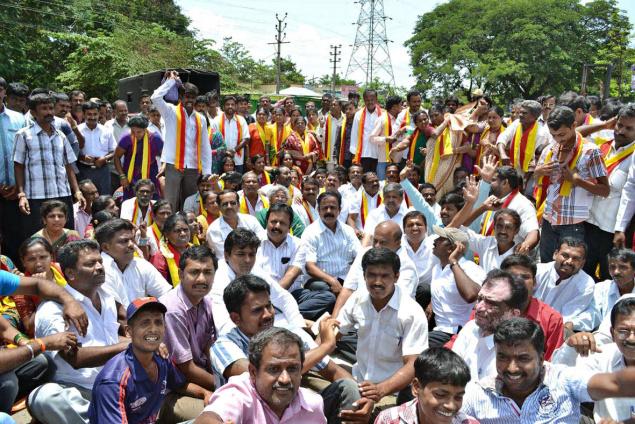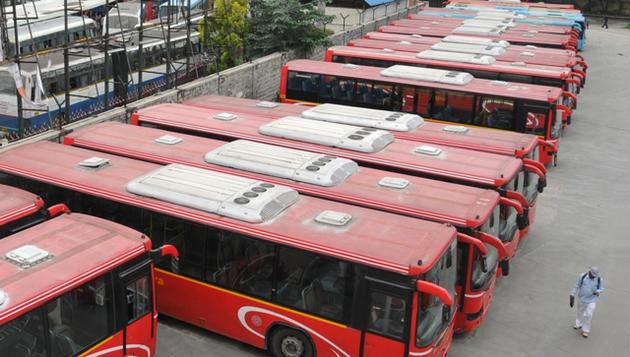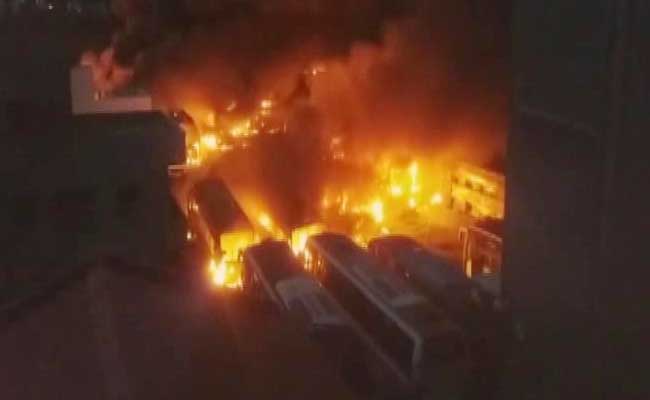Karnataka Chief Minister Siddaramaiah held a meeting in Bengaluru ahead of all-party meet to find a solution to the escalating Kaveri water dispute.
The situation is quickly escalating out of hand as a day-long protest shutdown is being observed at Mandya town in Karnataka against releasing of Kaveri river water to Tamil Nadu on the Supreme Court’s directive to the state government. Agitated farmers and activists belonging to pro-Kannada outfits yesterday blocked Bengaluru-Mysuru Highway as protests intensified in the wake of the Supreme Court directive to the state to release Cauvery water to Tamil Nadu.
Protests are also being held in Mysuru and Hassan districts, fed by the Cauvery, demanding that Karnataka should not release water. Venting their anger, protesters burnt effigy of Tamil Nadu Chief Minister J Jayalalithaa at several places.
Former Chief Minister and State BJP President B S Yeddiyurappa asked the government to file a petition countering the Supreme Court order.
History of Kaveri water dispute:
The Cauvery dispute started in the year 1892, between the Madras Presidency (under the British Raj) and the Princely state of Mysore when they had to come to terms with dividing the river water between the two states. In the year 1910, both states started planning the construction of dams on the river. The issue was presided upon by the British who also decided which state would receive what share of the water. In 1924, an agreement was signed between the two states where the rules of regulation of the Krishnarajsagar dam were pointed out.
The core of the agreement was the conditions governing the construction and operation of KRS and that could not be subject to any review. Hence the 1924 agreement gave both — the Madras presidency and the Mysore state — rights to use the surplus waters of the Cauvery.
Madras had objected to the construction of the Krishnasagar dam and hence the agreement gave them the liberty to build the Mettur dam. However the agreement also put restrictions on the extent of area irrigated by Madras and Mysore using the river water.
According to the 1892 and the 1924 agreements the river water is distributed as follows:
75 percent with Tamil Nadu and Puducherry
23 percent to Karnataka
remaining to go to Kerala
The real problem started after the re-organisation of states post Indian independence. Before that, most matters were settled through arbitration and agreements. Through the late 20th century, Tamil Nadu opposed the construction of dams on the river by Karnataka, and the state in turn wanted to discontinue the water supply to Tamil Nadu. They argued that the 1924 agreement had lapsed when its 50 years were up in 1974 and considering that the river originated in Karnataka, they had better claim over the river. They argued that they were not bound by the agreement struck between the British empire and the Maharaja of Mysore.
Tamil Nadu too had become heavily dependent on the river after they developed millions of agricultural land around the river. They argued that the livelihood of farmers would be affected if there was a change in the distribution of water. In 1972, the Centre agreed to appoint a committee who would collect statistics from each of the states that had the river basin — Kerala, Tamil Nadu and Karnataka.
The fact-finding committee found that Tamil Nadu used 566 tmcft (thousand milli cubic feet), Karanataka used 177 tmcft.
In 1976, the states arrived at an understanding that each state would continue using the water according to their previous usage, only now an additional 125 tmcft water would also be saved and shared.
Karnataka argued heavily that the river water should be divided according to international rules, i.e. in equal portions. They suggested that 94 percent could be divided equally between them and the rest could be distributed to Kerala and Puducherry. However Tamil Nadu wanted to stick to the original distribution, according to the 1924 agreement.




Be the first to comment on "Kaveri water dispute: Supreme Court’s direction triggered backlash all over Karnataka"